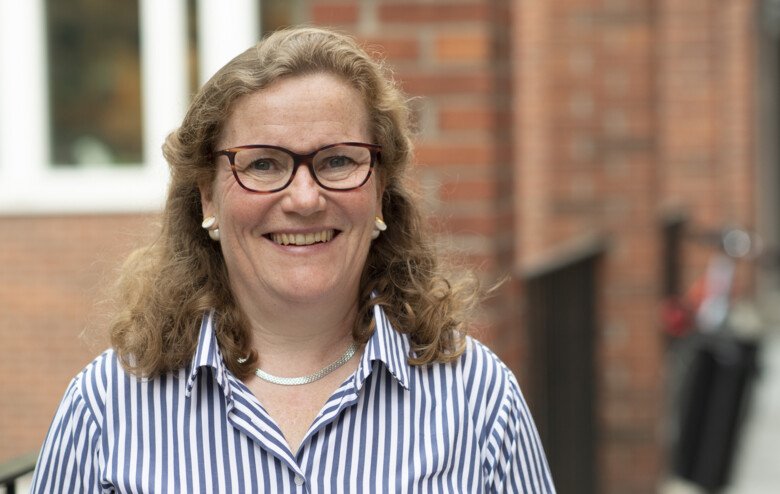Tracing mechanisms behind chronic pulmonary diseases
Chronic obstructive pulmonary disease (COPD), including chronic bronchitis, causes many deaths and much suffering worldwide. Lena Palmberg has developed lung tissue models to aid understanding of what happens in the body when these diseases strike. The goal is to contribute to the development of new treatments.

What are you researching?
“Above all else, I’m researching the mechanisms behind chronic bronchitis and COPD. These are serious diseases that affect millions of people. There is still no cure, and COPD is on its way to becoming the world’s third most common cause of death. The long-term goal is to lay the foundation for effective, future treatments through better understanding of the mechanisms. Our research is also providing new knowledge on environmental factors that cause these diseases. Air pollution, biomass combustion, livestock farming and smoking are examples. E-cigarettes are now highly topical and there is a huge need to research their health risks.”
How are you researching?
“Over the past few years, we have developed advanced laboratory models. These use newly isolated, human lung cells to construct a complex pulmonary simulation. The models are very much like real tissue. They have functioning mucous production and even active cilia. We have now started to use our models for detailed studies of what happens when bronchi and pulmonary alveoli are exposed to various gases and particles.
The continuous development of models for various purposes has, over time, become a line of research in its own right. Not least, the models could play an important role in pharmaceuticals development and, for both quality and ethical reasons, replace many animal experiments. We are also working closely with respiratory physicians at several hospitals and analysing a lot of patient material.”
What have the new models led to so far?
“Our initial studies with the models have opened our eyes to the importance in bronchial inflammation of the interaction between the immune system’s macrophages and other cells. We are now taking things further and studying this in greater detail. The models have also generated great interest worldwide. This has opened the way for new, interesting collaborations. We and the European Space Agency (ESA) are now preparing a joint application for studying the toxicity of dust from the moon and Mars.”
Text: Anders Nilsson, first published in the booklet From Cell to Society 2018.
About Lena Palmberg
Professor of Toxicology at the Institute of Environmental Medicine
Born in Stockholm in 1960, Lena Palmberg completed her medical degree (1988) and defended her doctoral thesis in cell and molecular biology (1991) at Karolinska Institutet. From 1991–2001, she conducted research at Sweden’s National Institute for Working Life. She became an associate professor at KI in 2000.
Since 2002, Palmberg has worked at KI’s Institute of Environmental Medicine, where she is now the head of the Work Environment Toxicology Unit and a director of studies for doctoral education. She is also the chair of KI’s dissertation committee.
Palmberg has participated in risk assessment and limit value determination as a member of the Swedish Work Environment Authority’s national criteria group. She now has an assignment from this authority’s Nordic Expert Group. Lena Palmberg was appointed Professor of Toxicology at Karolinska Institutet on 1 September 2018.
